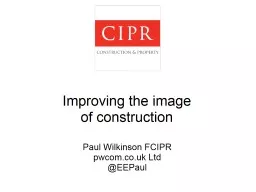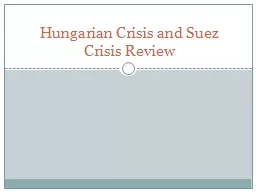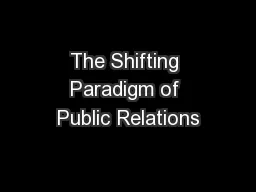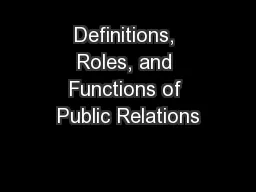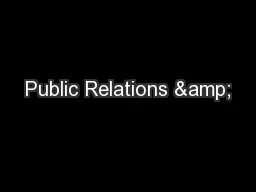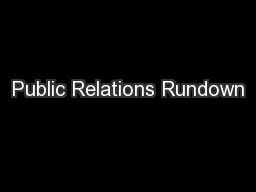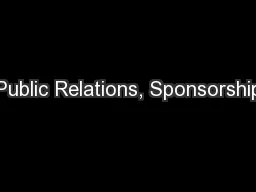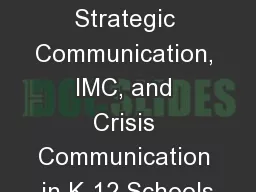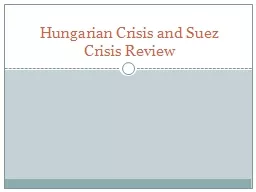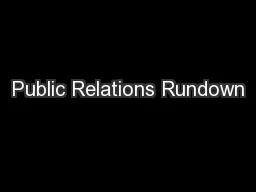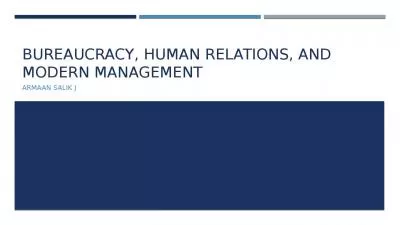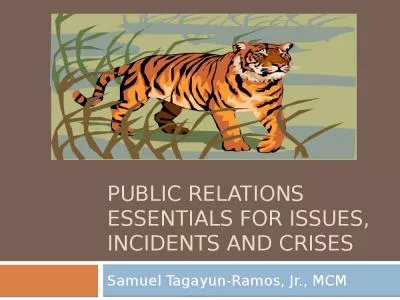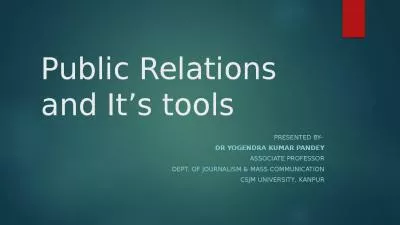PPT-Public Relations and Crisis Management in the Construction
Author : tawny-fly | Published Date : 2017-10-19
Paul Wilkinson BA PhD FCIPR pwcomcouk Ltd EEPaul Agenda Who am I Introducing CIPR CAPSIG What is PR The image of construction Crisis communications in a web 20
Presentation Embed Code
Download Presentation
Download Presentation The PPT/PDF document "Public Relations and Crisis Management i..." is the property of its rightful owner. Permission is granted to download and print the materials on this website for personal, non-commercial use only, and to display it on your personal computer provided you do not modify the materials and that you retain all copyright notices contained in the materials. By downloading content from our website, you accept the terms of this agreement.
Public Relations and Crisis Management in the Construction: Transcript
Download Rules Of Document
"Public Relations and Crisis Management in the Construction"The content belongs to its owner. You may download and print it for personal use, without modification, and keep all copyright notices. By downloading, you agree to these terms.
Related Documents

